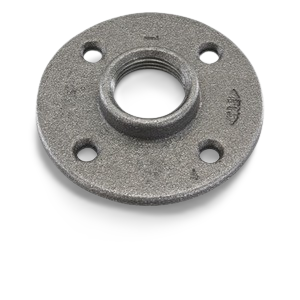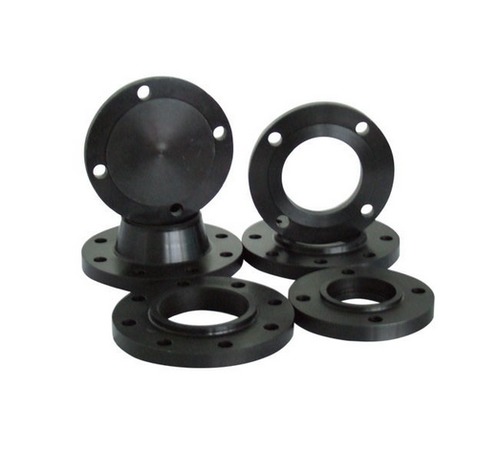In factories and plants, pipes are everywhere. They carry liquids and gases from one place to another. Sometimes, we need to stop the flow in these pipes. Blind flanges are useful in this situation.
These simple but important parts help keep industrial piping systems working well. Let’s look at the six big benefits of using blind flanges in these systems.
Stopping Leaks
The main job of a blind flange is to close off the end of a pipe. It resembles closing a bottle cap. This stops anything from leaking out. In factories, this is very important. Leaks can be dangerous and wasteful.
Blind flanges create a tight seal that keeps everything inside the pipe where it should be. This makes the whole system safer and more efficient.
Easy to Use
Blind flanges are simple to put on and take off. This is a big help in industrial settings. Workers can quickly close off a pipe when they need to. They can also open it up again just as fast.
This saves time and makes maintenance easier. In busy factories, being able to work quickly is very important. Blind flanges help make this possible.
Strong and Durable
Pipes in factories often carry things under high pressure. Blind flanges are made to handle this pressure. They’re strong and don’t break easily. This means they can be used in many different situations.
Whether it’s hot liquids or strong chemicals, blind flanges can stand up to the job. They are therefore a dependable option for numerous industries.
Versatile in Different Sizes
Pipes come in many sizes, and so do blind flanges. You can find a blind flange to fit almost any pipe. This makes them very versatile.
Whether it’s a small pipe or a big one, there’s a blind flange that will work. This flexibility is why they’re used in so many different places in industrial piping systems.
Helps with Testing
Sometimes, workers need to test parts of a piping system. Blind flanges make this easier. They can close off one section of the pipe. This allows testing without affecting the whole system.
It’s like being able to look at one piece of a puzzle without taking apart the whole thing. This is very helpful for maintenance and safety checks.
How Blind Flanges Work
A blind flange is a flat piece of metal. It’s usually round and has holes around the edge. These holes line up with holes on the pipe flange.
Bolts go through these holes to hold the blind flange in place. This creates a tight seal. The blind flange has a solid center. This is what actually blocks the pipe opening.
Different Types for Different Needs:
While all blind flanges do the same basic job, there are different types. Some are thicker for high-pressure systems.
Some are composed of unique materials designed to transport specific chemicals. Selecting the appropriate kind is crucial. The contents of the pipes and the operation of the system determine this.
Conclusion
Despite their apparent simplicity, blind flanges are crucial components of industrial pipework. They stop leaks, make testing easier, and help keep systems safe. They’re strong, easy to use, and can fit many different pipes.

